Black Sapota / Chiku
₹1,799
Experience the unique sweetness of the Black Sapota (Chiku), a tropical evergreen tree prized for its delicious, custard-like fruit. This easy-to-grow tree is a rewarding addition to any home garden, offering a delightful harvest of antioxidant-rich fruits.
23 people are viewing this product right now
🔥 4 items sold in last 3 hours
Experience the unique sweetness of the Black Sapota (Chiku), a tropical evergreen tree prized for its delicious, custard-like fruit. This easy-to-grow tree is a rewarding addition to any home garden, offering a delightful harvest of antioxidant-rich fruits.
Key Features & Benefits
- Delicious Fruit: Cultivate your own supply of sweet and creamy Black Sapota fruits, rich in vitamins and minerals.
- Ornamental Value: The Black Sapota tree boasts lush green foliage, making it an attractive addition to any landscape.
- Easy to Grow: Relatively low-maintenance and suitable for a range of climates, making it ideal for both experienced and novice gardeners.
- Drought Tolerant: Once established, the Black Sapota tree can withstand periods of drought, making it a water-wise choice.
- Health Benefits: Enjoy the numerous health benefits of Black Sapota, including improved digestion, boosted immunity, and potential anti-cancer properties.
Plant Care Guide
Ideal Plantation Locations
The Black Sapota thrives in warm, tropical climates with ample sunlight. It prefers well-drained, fertile soil with a slightly acidic to neutral pH. Suitable regions include coastal areas and tropical lowlands.
Planting & Gardening Instructions
- Location: Select a sunny location with at least 6 hours of direct sunlight per day.
- Soil Preparation: Prepare the soil by incorporating organic matter like compost or well-rotted manure to improve drainage and fertility.
- Planting: Plant the Black Sapota tree in a hole slightly larger than the root ball. Backfill with soil, gently firming around the base.
- Spacing: Allow sufficient space between trees for proper growth and air circulation, typically 15-20 feet.
Watering
Water the tree regularly during the establishment phase. Once established, it can tolerate some drought but benefits from occasional deep watering during dry spells.
Fertilizers
Fertilize the Black Sapota tree during the growing season (spring and summer) with a balanced slow-release fertilizer. Apply organic fertilizers like compost tea or fish emulsion for optimal nutrient uptake.
Re-potting Instructions
Re-potting is generally not necessary for established Black Sapota trees planted in the ground. However, if grown in containers, re pot to a larger pot every 2-3 years using well-draining potting mix.
Fruiting Season
The Black Sapota typically begins fruiting 3-5 years after planting. The fruiting season varies depending on the region, but generally occurs during the late summer and fall.
Usage Ideas
- Home Garden: Plant as a shade tree or to create a tropical oasis in your backyard.
- Landscaping: Use in parks, gardens, and along walkways for a touch of greenery and delicious fruit.
- Gifting: A perfect gift for gardening enthusiasts or anyone who appreciates unique and flavorful fruits.
Care Tips
- Pest Control: Monitor for pests like scale insects and mealybugs. Treat infestations with organic or chemical controls as needed.
- Pruning: Prune lightly to shape the tree and remove any dead or diseased branches.
- Mulching: Apply a layer of organic mulch around the base of the tree to conserve moisture and suppress weeds.
Only logged in customers who have purchased this product may leave a review.
₹99


₹449
Related products
Designed, Developed & Maintained by Growww.
Copyright © 2024 Ashok Chakra Nursery

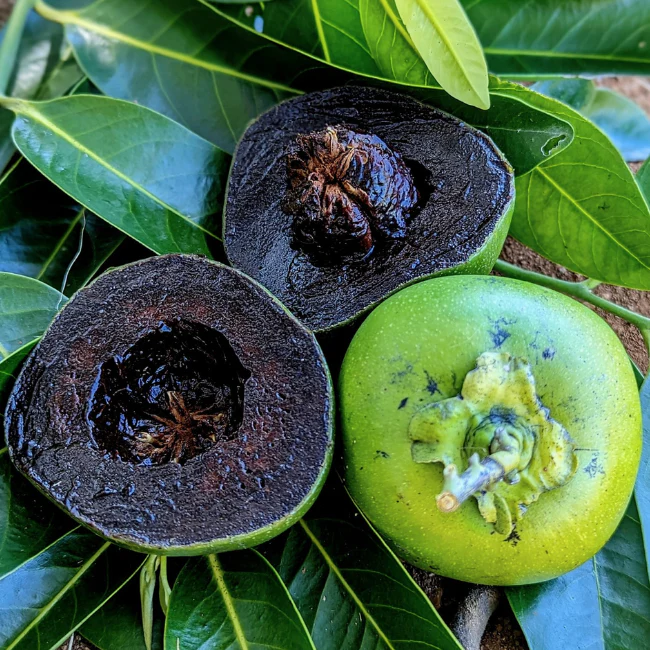
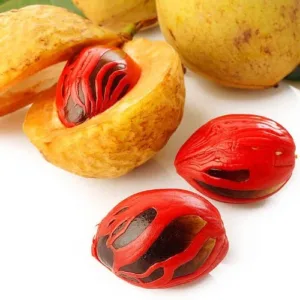

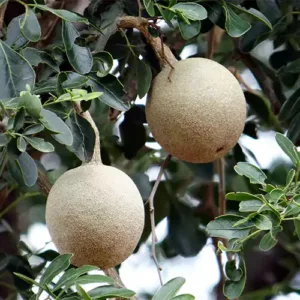
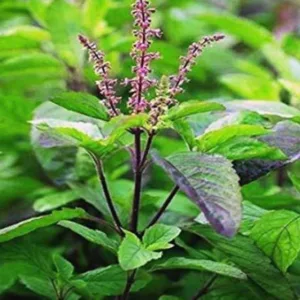
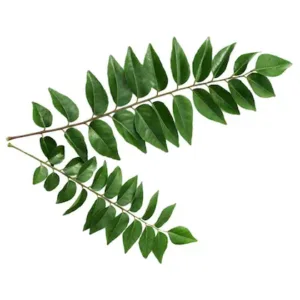
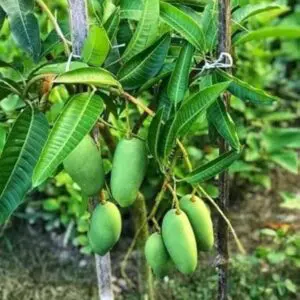
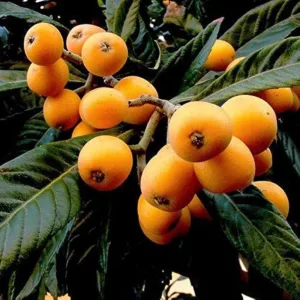
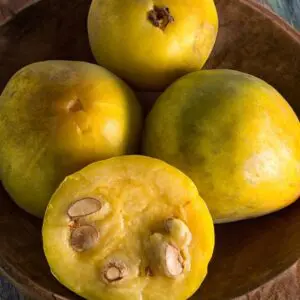
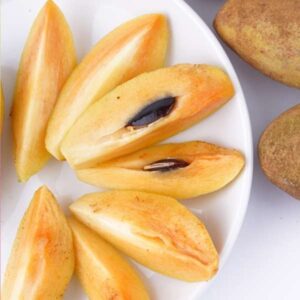
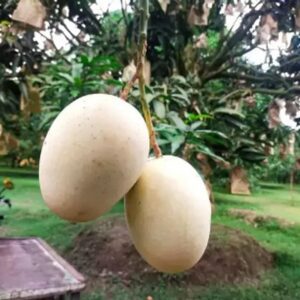
Reviews
There are no reviews yet.